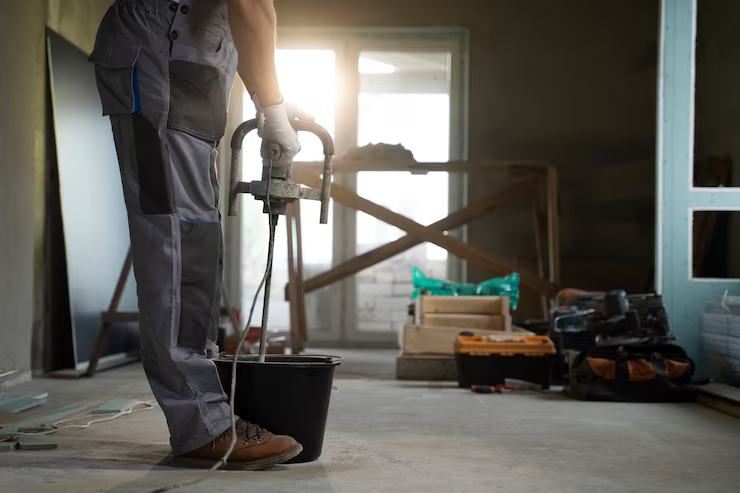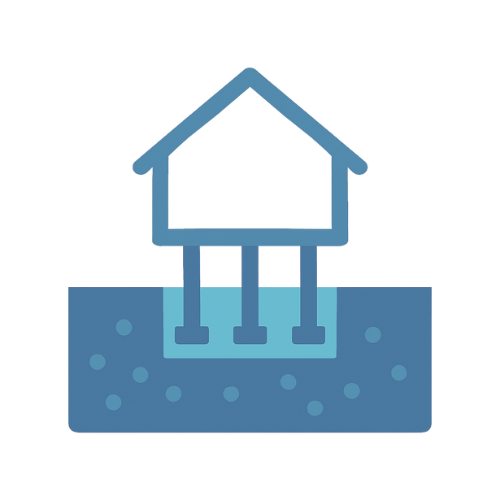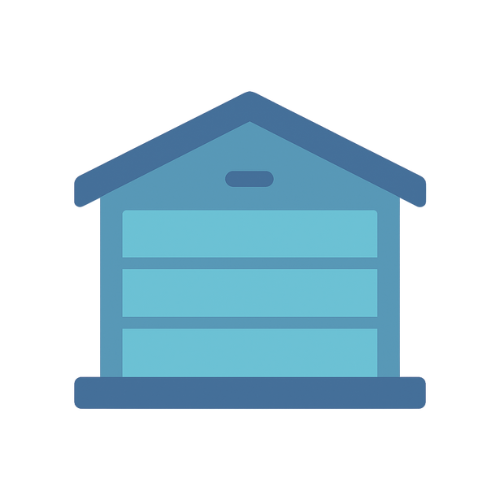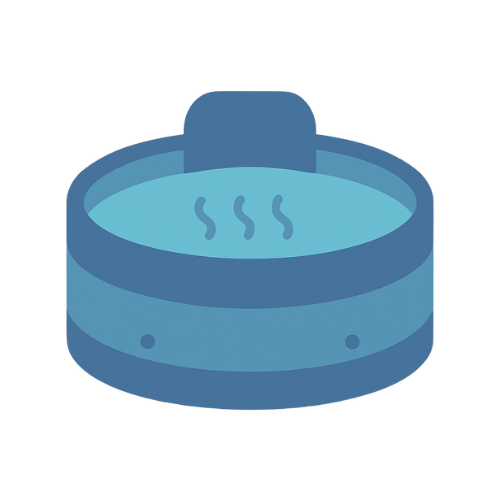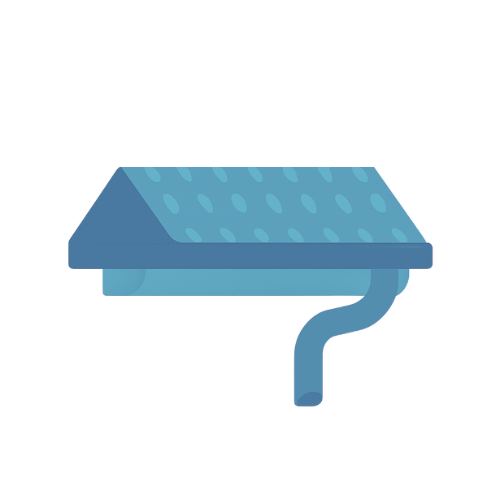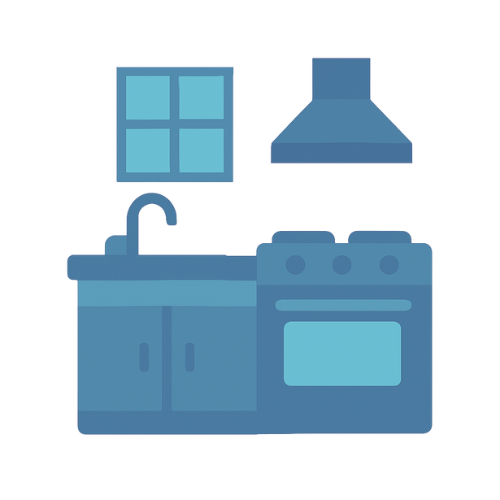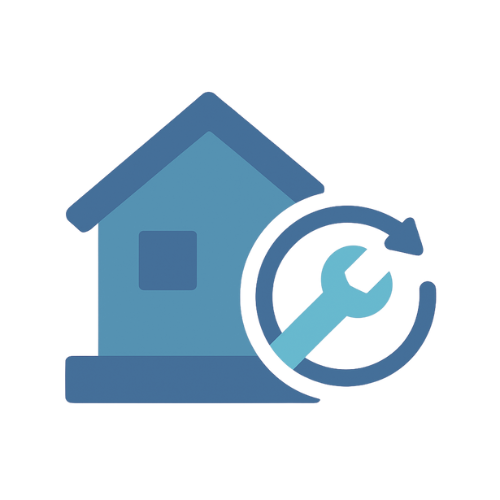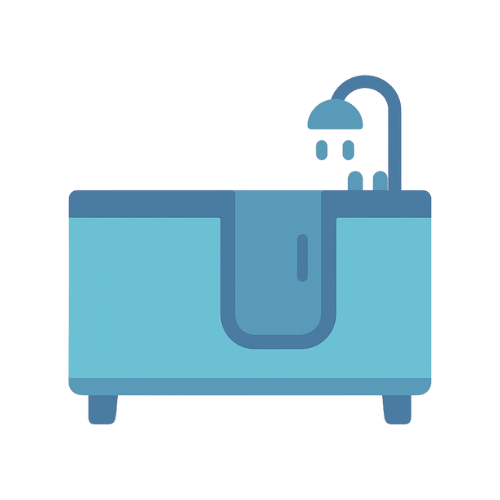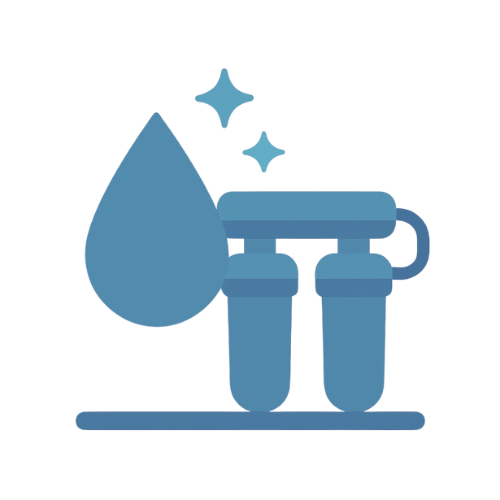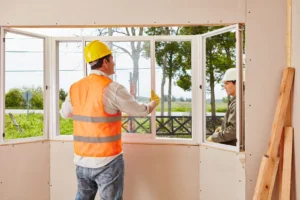Damage Recovery and Repair Services
When disaster strikes—be it water damage, fire, mold, or sewage issues—prompt and professional restoration services are crucial to return your home to its original condition. Understanding the types of restoration services available and the processes involved can help you make informed decisions during stressful times.
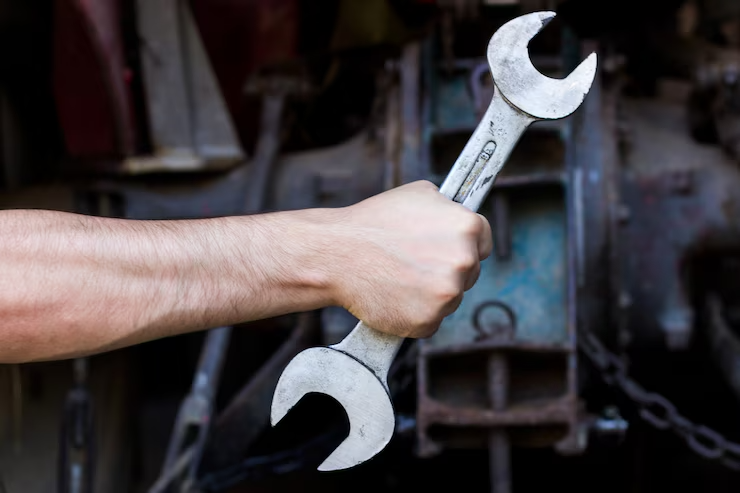
Frequently Asked Questions
How soon should I start restoration after damage occurs? +
Will my homeowner’s insurance cover restoration services? +
Types of Restoration and Remediation Services
Restoration services encompass a range of solutions tailored to address specific types of damage:
- Water Damage Restoration: Involves removing excess water, drying affected areas, and repairing structural damage caused by leaks, floods, or burst pipes.
- Mold Remediation: Focuses on identifying mold sources, containing the spread, and removing mold to ensure a healthy indoor environment.
- Fire and Smoke Damage Restoration: Entails cleaning soot and smoke residues, deodorizing, and repairing fire-damaged structures and belongings.
- Sewage Cleanup: Addresses the removal of hazardous waste, sanitization, and restoration of areas affected by sewage backups.
Restoration Costs
The cost of restoration services varies based on the extent of damage, type of disaster, and specific services required:
- Water Damage: Typically ranges from $1,000 to $4,000, depending on severity and area affected.
- Mold Remediation: Costs can range from $500 to $6,000, influenced by the size of the infestation and remediation methods.
- Fire and Smoke Damage: Restoration expenses may vary widely, often between $2,500 and $50,000, based on damage extent.
- Sewage Cleanup: Generally falls between $2,000 and $10,000, considering the health hazards and thorough cleaning required.
Note: These are general estimates; actual costs can differ based on location, service provider, and specific circumstances.
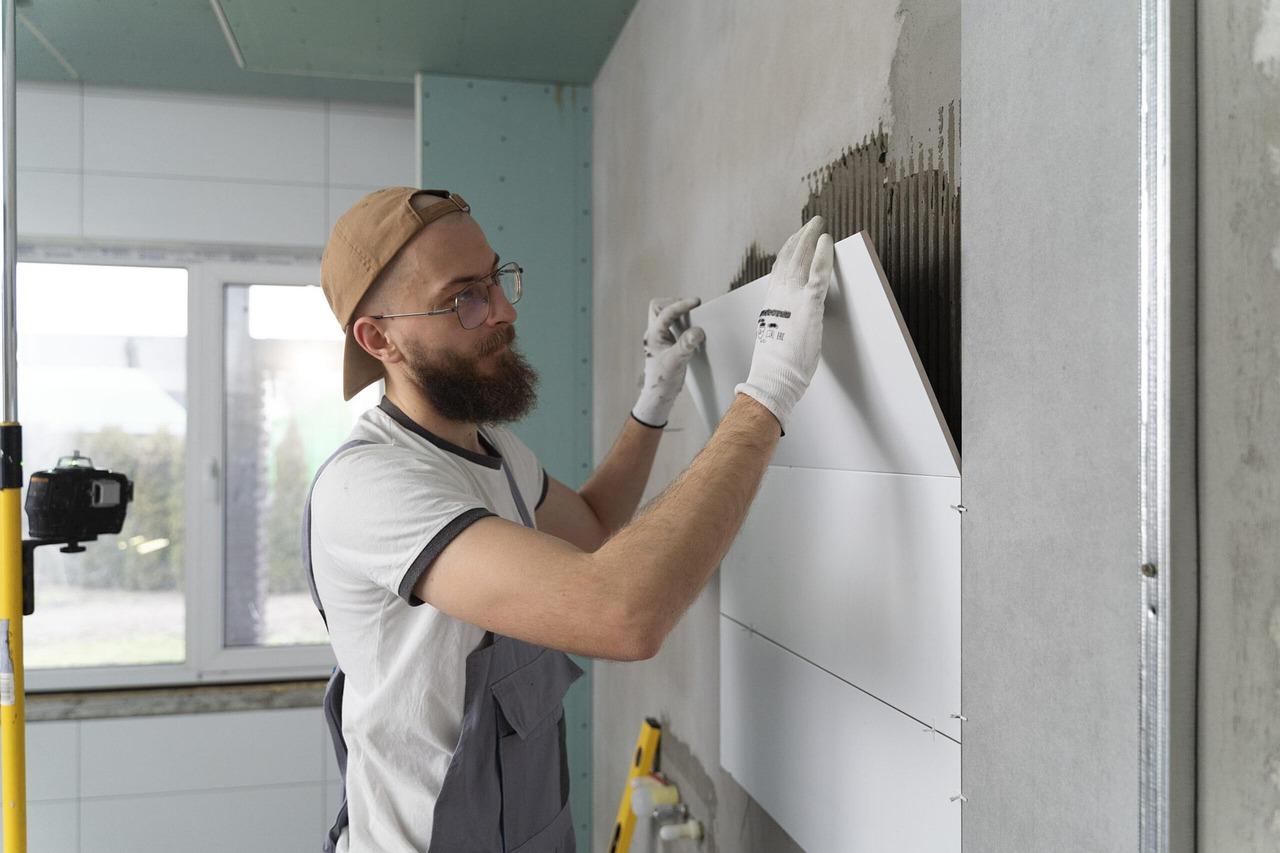
Frequently Asked Questions
Can I stay in my home during the restoration process? +
What’s the difference between remediation and restoration? +
Restoration Process Overview
Understanding the typical steps involved in restoration can help set expectations:
- Assessment: Professionals evaluate the extent of damage and develop a restoration plan.
- Mitigation: Immediate actions are taken to prevent further damage, such as water extraction or boarding up damaged areas.
- Cleanup and Debris Removal: Debris is cleared, and affected areas are cleaned and sanitized.
- Repair and Restoration: Damaged structures and materials are repaired or replaced to restore the home to its pre-damage condition.
- Final Inspection: A thorough check ensures all issues have been addressed satisfactorily.

Frequently Asked Questions
How do I know if a restoration company is trustworthy? +
How long does the average restoration project take? +
Key Tools and Techniques Used in Restoration Services
Restoration professionals rely on a diverse range of specialized tools and equipment to repair damage, restore living spaces, and ensure a safe, healthy environment. Here’s an overview of the most essential tools and why they matter in any restoration project:
Water Removal Tools
Function: These tools are designed to extract standing water as quickly as possible to prevent structural damage and stop mold from developing.
Examples:
- Submersible Pumps: Ideal for removing large amounts of water, such as in flooded basements or heavily saturated areas.
- Wet/Dry Vacuums Useful for smaller-scale cleanup tasks, especially for soaked carpets, flooring, or localized water intrusion.
Why It Matters: The faster the water is removed, the less risk there is of lasting structural damage, mold growth, or rot. Quick action also shortens the overall restoration timeline.
Drying and Air Circulation Devices
Function: These machines help regulate indoor humidity and promote effective drying of affected areas and materials.
Examples:
- Commercial Dehumidifiers: Pull excess moisture from the air to maintain healthy humidity levels and prevent microbial growth.
- High-Velocity Air Movers: Circulate air across wet surfaces like floors and walls, speeding up the evaporation process.
Why It Matters: Effective drying helps eliminate hidden moisture pockets that can lead to future problems like mold infestations or material breakdown.
Sanitizing and Deodorizing Agents
Function: These cleaning products are used to disinfect contaminated areas and neutralize odors left by water, smoke, or sewage damage.
Examples:
- Antimicrobial Cleaners: Kill mold, mildew, and bacteria in damp or unsanitary conditions.
- Smoke Odor Neutralizers: Break down and eliminate lingering smoke smells after a fire.
- Enzyme-Based Cleaners: Digest organic matter, especially useful for cleaning up sewage backups or biological contaminants.
Why It Matters: A thorough cleaning not only restores the look of your home but also ensures it's safe to occupy by eliminating health hazards and bad odors.
Moisture Control and Structural Drying Tools
Function: These tools are critical for ensuring that structural materials—such as wood framing, insulation, and drywall—are fully dried and stabilized.
Examples:
- Moisture Detection Meters: Identify areas of hidden moisture inside walls, ceilings, and floors that aren’t visible to the eye.
- Thermal Drying Systems: Use controlled heat to accelerate drying in materials without damaging them.
Why It Matters: Trapped moisture can weaken the integrity of your home’s structure and create an ideal environment for mold and decay. Ensuring materials are completely dry is essential for a lasting restoration.
Choosing a Restoration Professional
Selecting a qualified restoration contractor is vital for effective recovery:
- Certifications: Ensure the company holds relevant certifications, such as from the Institute of Inspection, Cleaning and Restoration Certification (IICRC).
- Experience: Look for providers with a proven track record in handling similar restoration projects.
- Insurance and Licensing: Verify that the contractor is properly licensed and insured to operate in your area.
- References and Reviews: Check customer testimonials and online reviews to gauge reliability and quality of service.
